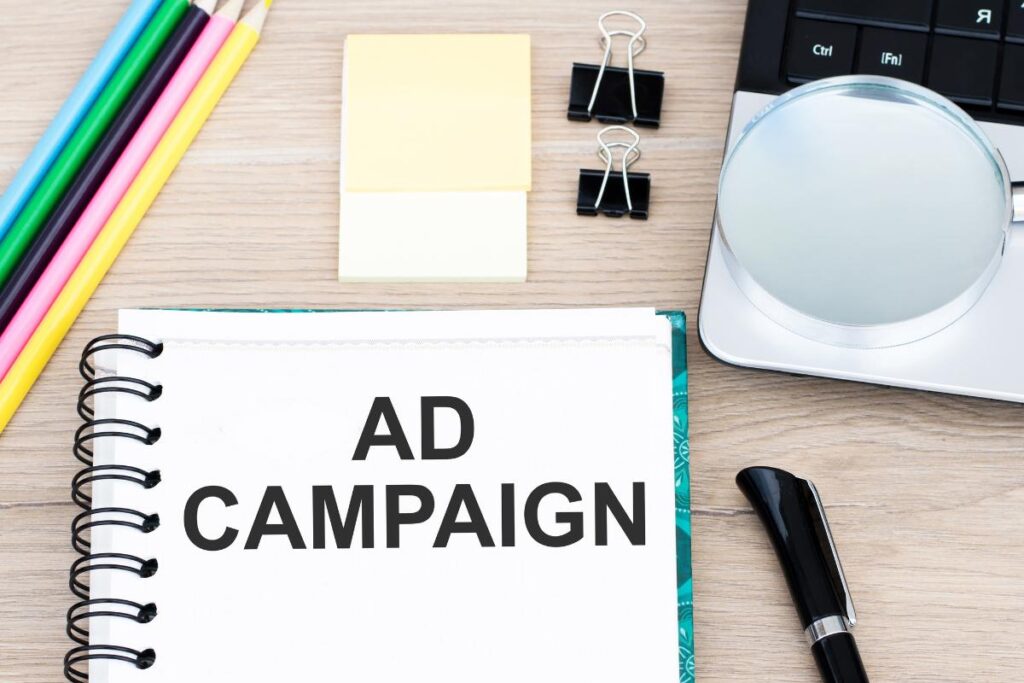
Introduction: Understanding the Landscape of Google Ads
Running a Google Ads campaign can be one of the most effective ways to drive targeted traffic and generate conversions. However, it comes with its own set of challenges. From budget constraints to ad disapprovals, marketers often encounter several hurdles that can hinder performance and ROI. In this article, we will delve deep into the core challenges advertisers face during a Google Ads campaign and provide detailed solutions to overcome each one effectively.
1. Budget Mismanagement: Spending Without Strategy
One of the most common issues advertisers face is poor budget allocation. Without a clear understanding of how much to spend and where to spend it, campaigns often either overspend or underperform.
Solution: Implement Smart Budgeting Techniques
- Set a daily budget based on the campaign goal (brand awareness, leads, sales).
- Use Google?s performance planner to simulate budget scenarios.
- Allocate more budget to high-performing keywords and campaigns.
- Monitor impression share lost due to budget to optimize distribution.
2. Poor Keyword Selection: Targeting the Wrong Audience
Targeting irrelevant or overly broad keywords leads to low-quality traffic and a high cost-per-click (CPC).
Solution: Conduct Thorough Keyword Research
- Use tools like Google Keyword Planner, SEMrush, and Ahrefs.
- Focus on long-tail keywords for better targeting and lower competition.
- Regularly review the search terms report to add negative keywords.
- Group keywords into tight ad groups for higher relevance.
3. Low Quality Score: Ads Not Performing Well
Google assigns a Quality Score based on CTR, ad relevance, and landing page experience. A low score leads to higher CPCs and lower ad placements.
Solution: Optimize for High Quality Scores
- Write highly relevant ad copy matching the search intent.
- Ensure that the landing page is fast, mobile-friendly, and relevant.
- Use ad extensions like sitelinks, callouts, and structured snippets.
- Improve CTR by testing different headlines and descriptions.
4. Poor Ad Copy: Low Engagement and CTR
Ad creatives that are generic or unappealing result in low click-through rates, wasting impressions and reducing campaign effectiveness.
Solution: Craft Compelling, Action-Oriented Ad Copy
- Use strong CTAs like “Get a Free Quote”, “Call Now”, “Sign Up Today”.
- Highlight unique selling propositions (USPs) clearly.
- Include emotional triggers and numbers to build trust.
- A/B test different headlines, descriptions, and formats.
5. Irrelevant Landing Pages: Traffic Without Conversions
If the landing page doesn?t align with the ad content, users bounce quickly, resulting in wasted ad spend.
Solution: Align Landing Pages with Ad Messaging
- Ensure message match between ad and landing page.
- Optimize landing pages for fast load times and mobile responsiveness.
- Add clear CTAs, testimonials, and trust signals.
- Use conversion rate optimization (CRO) tools like Hotjar and Unbounce.
6. Lack of Conversion Tracking: Flying Blind
Not tracking conversions means you can’t measure campaign effectiveness, leading to uninformed decisions and wasted budget.
Solution: Set Up Accurate Conversion Tracking
- Install Google Ads Conversion Tracking Tags on thank-you pages.
- Use Google Tag Manager to manage tracking more efficiently.
- Import offline conversions for B2B or longer sales cycles.
- Monitor key conversion metrics like CPA, ROAS, and assisted conversions.
7. Ad Disapprovals: Campaigns Getting Paused
Google has strict ad policies, and any violation can lead to ad disapprovals or account suspension.
Solution: Follow Google Ads Policies Carefully
- Review Google?s advertising policies before creating ads.
- Use tools like Policy Manager in Google Ads to monitor violations.
- Appeal disapproved ads with justified explanations.
- Avoid restricted content and ensure transparent ad content.
8. Inefficient Bidding Strategy: Losing Auctions or Overspending
Without the right bidding strategy, you may either lose key placements or overpay for clicks.
Solution: Choose the Right Bidding Strategy
- For beginners, use Maximize Clicks or Target CPA.
- Advanced users can opt for ROAS-based bidding for profitability.
- Continuously test different automated vs manual bidding options.
- Leverage seasonality adjustments for high-traffic periods.
9. Not Leveraging Audience Targeting: Missing Potential Conversions
Google Ads offers robust audience targeting tools, yet many advertisers don?t utilize them fully.
Solution: Use Advanced Audience Targeting Options
- Implement remarketing to re-engage past visitors.
- Use in-market audiences to reach users ready to convert.
- Layer demographics and affinity audiences for better segmentation.
- Regularly update audience insights to refine campaigns.
10. Lack of Continuous Optimization: Set and Forget Approach
Running ads without ongoing optimization leads to stagnant results and wasted opportunities.
Solution: Maintain a Continuous Optimization Routine
- Review search terms, ad performance, and bid strategies weekly.
- Pause underperforming keywords and test new variants.
- Adjust budgets based on conversion trends and ROI.
- Refresh ad creatives periodically to avoid ad fatigue.
Conclusion: Mastering Google Ads is About Strategy and Agility
Running a successful Google Ads campaign is not just about setting up ads. It?s about strategic execution, data-driven decisions, and continuous refinement. By identifying common problems early and applying the right solutions, businesses can dramatically improve their performance, lower their costs, and increase their return on ad spend.
